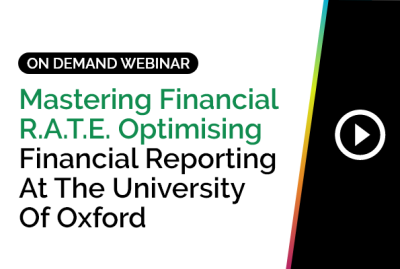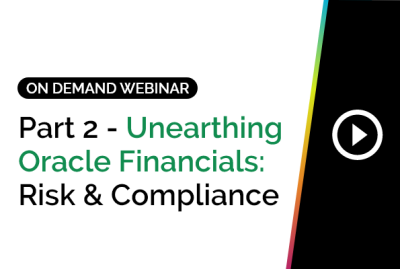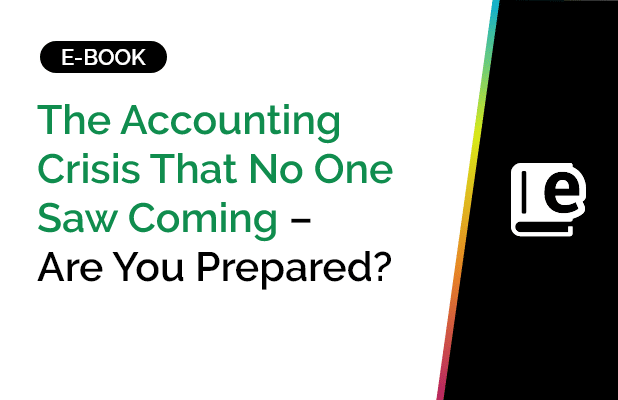- Blog Article
Data Aggregation vs Data Integration: Key Strategies for Financial Professionals
Explore –
Data Aggregation vs Data Integration: Key Strategies for Financial Professionals
Simplifying Data Aggregation and Data Integration
The Role of Data Aggregation in Financial Decision-Making
Data Integration: Unifying Financial Data for Deeper Insight
Choosing the Right Data Strategy
Conclusion: Empowering Financial Mastery with Data Strategies
Data Aggregation vs Data Integration: Key Strategies for Financial Professionals
In the complex world of financial data management, understanding the differences between data aggregation and data integration is key. These processes play crucial roles in financial reporting and analysis, aiding business decisions and enhancing business operations. This blog aims to simplify these concepts, helping financial professionals effectively harness them for informed decision-making.
Simplifying Data Aggregation and Data Integration
Data aggregation is all about collecting and summarizing data from multiple sources. It’s a streamlined way to create a high-level overview of complex financial data, invaluable for quick insights and strategic planning. Data aggregation tools simplify this process, making it less time-consuming and more efficient.
Conversely, data integration involves combining data from different sources into a unified, cohesive database. This process is essential for creating a detailed and comprehensive view of an organization’s financial status, crucial for accurate reporting and compliance.
How SplashBI Helped Live Nation Turn Up The Volume On Their Reporting
The Role of Data Aggregation in Financial Decision-Making
Data aggregation is incredibly useful for financial experts who need to quickly grasp key trends and metrics. It’s ideal for high-level financial planning, budgeting, and forecasting. By condensing detailed financial information into digestible summaries, data aggregation provides a snapshot that informs business decisions and supports big data analysis.
Data Integration: Unifying Financial Data for Deeper Insight
Data integration, on the other hand, provides context and clarity by merging diverse data sets. This process is key for financial professionals seeking a holistic view of their organization’s financial health. It ensures that all financial data, whether from data warehouses, customer data, or other data stores, works together seamlessly.
Choosing the Right Data Strategy
The choice between data aggregation and data integration depends on your objectives. For a quick assessment of overall financial performance or identifying macro trends, data aggregation is suitable. For detailed, comprehensive analysis involving raw data and complex business operations, data integration is essential.
Conclusion: Empowering Financial Mastery with Data Strategies
In conclusion, both data aggregation and data integration are crucial for financial professionals. Understanding their differences and applications is vital for strategic financial management and making informed business decisions.









